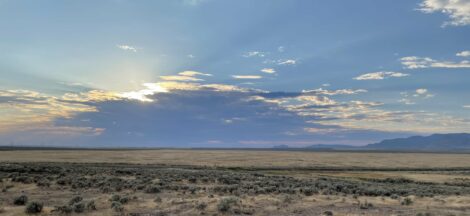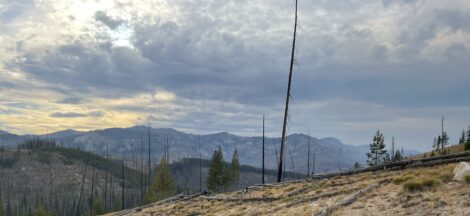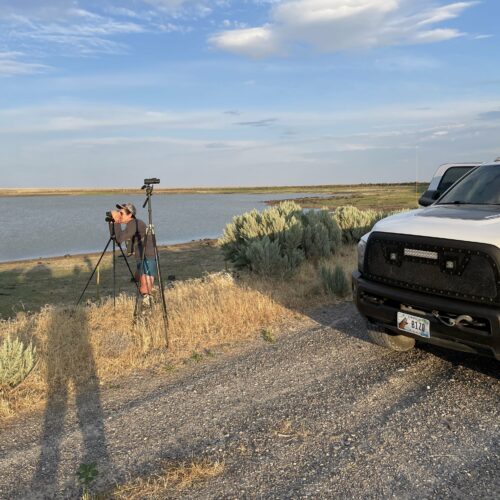The History and Conservation Efforts for Deer Populations in North America
Deer have played a vital role in the history and ecology of North America for thousands of years. From providing sustenance for indigenous peoples to shaping the landscape through their grazing habits, these majestic creatures have always been an essential part of our continent’s natural heritage. In this article, we’ll explore the history of deer populations in North America, the challenges they’ve faced, and the conservation efforts that have been undertaken to protect and sustain them.
1. The Early History of Deer in North America?
Deer have roamed the forests and grasslands of North America for millions of years, with fossil evidence indicating their presence as far back as the Miocene epoch, around 20 million years ago. However, it was during the Pleistocene epoch, approximately 1.8 million to 11,000 years ago, that deer populations truly began to flourish. This era saw the emergence of several deer species, including the white-tailed deer (Odocoileus virginianus) and the mule deer (Odocoileus hemionus).
These species adapted to various habitats across the continent, with white-tailed deer predominantly found in the eastern and central regions and mule deer occupying the western areas. Indigenous peoples relied on deer for food, clothing, tools, and even spiritual inspiration, as seen in the many deer-themed petroglyphs and cave paintings that have been discovered across North America.
2. The Impact of European Settlement on Deer Populations?
European settlers began arriving in North America in the late 15th century, and their arrival had a profound impact on deer populations. Settlers cleared vast tracts of land for agriculture, resulting in significant habitat loss for deer. Additionally, the introduction of firearms and more efficient hunting techniques led to an increase in hunting pressure, further reducing deer populations.
By the late 19th and early 20th centuries, deer numbers had reached alarmingly low levels in many areas of North America, particularly in the eastern United States. In response to the declining deer populations, early conservationists and wildlife managers began implementing measures to protect and restore deer habitat, regulate hunting practices, and reestablish deer populations in areas where they had been extirpated.
3. The Birth of Modern Wildlife Management and Deer Conservation Efforts?
The early 20th century marked the birth of modern wildlife management in North America, as conservationists and wildlife professionals began to recognize the need for a scientific approach to managing wildlife populations. Aldo Leopold, often referred to as the father of modern wildlife management, was instrumental in promoting the idea that wildlife populations, including deer, could be managed and sustained through careful planning and regulation.
Leopold’s work laid the foundation for modern deer conservation efforts, which have included habitat restoration, hunting regulation, and population monitoring. Some of the key milestones in deer conservation include:
- The establishment of the North American Model of Wildlife Conservation, which promotes the sustainable use of wildlife resources and the principle that wildlife is held in the public trust.
- The implementation of the Pittman-Robertson Act in 1937, which provides funding for wildlife conservation and habitat restoration through an excise tax on firearms and ammunition.
- The creation of wildlife management areas, national forests, and other protected lands that provide crucial habitat for deer and other wildlife species.
- The development of state and provincial wildlife management agencies responsible for monitoring and managing deer populations, setting hunting regulations, and implementing conservation initiatives.
4. Current Conservation Challenges and Efforts for Deer Populations?
While significant progress has been made in restoring deer populations across North America, there are still several challenges that must be addressed to ensure their long-term survival. Some of these challenges include:
- Habitat loss and fragmentation: As human populations continue to grow and expand, deer habitat is increasingly threatened by urbanization, agriculture, and other forms of development. To combat this, conservationists and wildlife managers are working to preserve and restore critical habitat areas, as well as promoting wildlife-friendly land-use practices that minimize habitat fragmentation.
- Climate change: The impacts of climate change on deer populations and their habitats are still not entirely understood, but it’s clear that changing weather patterns and temperatures can have significant effects on deer behavior, reproduction, and survival. Adaptive management strategies are being developed to help deer populations cope with the potential impacts of climate change.
- Disease: Chronic wasting disease (CWD) is a significant concern for deer populations in North America. This fatal neurological disease has no known cure and can spread rapidly among deer populations. Wildlife managers are closely monitoring CWD outbreaks and implementing strategies to prevent its spread, such as restrictions on the movement of deer carcasses and increased testing for the disease.
- Overabundant populations: In some areas, deer populations have rebounded to the point where they are causing negative impacts on the ecosystem, such as overgrazing of vegetation and increased collisions with vehicles. In these cases, wildlife managers are implementing strategies to maintain deer populations at sustainable levels, such as carefully regulated hunting seasons and, in some cases, targeted culling programs.
In conclusion, the history of deer populations in North America is a story of both challenges and triumphs. Thanks to the dedicated efforts of conservationists, wildlife managers, and responsible hunters, deer populations have rebounded from their historical lows and are now an integral part of our continent’s ecological tapestry. By continuing to address the challenges facing deer populations and supporting ongoing conservation efforts, we can help ensure that these majestic creatures remain a vital part of North America’s natural heritage for generations to come.





 Must-Have Gear for Every Deer Hunter
Must-Have Gear for Every Deer Hunter